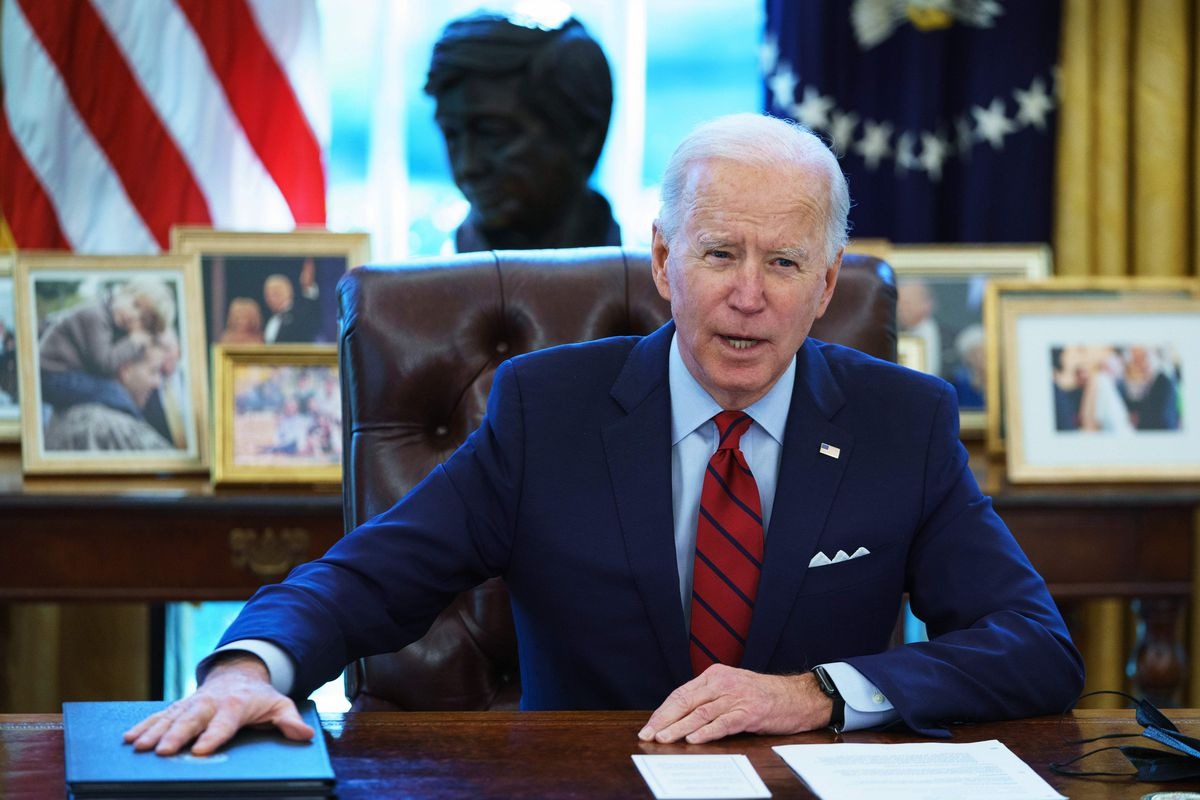President Biden’s proposed 2025 budget includes a $2.1 billion increase for the Pell Grant program, aiming to address a funding gap and prevent eligibility cuts.
The Pell Grant program, which assists low-income students in paying for college, has seen a 15% increase in spending over the past year due to increased maximum awards and expanded eligibility.
However, a projected $1.3 billion shortfall for fiscal year 2025 remains, with an expected $4.6 billion gap in 2026. The Biden administration remains committed to doubling the maximum Pell Grant award by 2029, with the proposed fiscal year 2025 budget raising the award from $7,395 to $8,145.

Biden (Credits: Vox)
Congress recently made changes to the formula determining student financial aid eligibility, saving $3.4 billion but cutting off around 100,000 students from the Pell Grant starting in the 2025–26 award year.
The proposed budget increases the maximum Pell Grant for students at public and nonprofit private colleges by $750, while students at for-profit institutions would see a smaller increase of $100.
This differentiation based on institution type, while not entirely new, has raised concerns among some education experts about potentially complicating the process for students to determine how to pay for college.

Joe Biden (Credits: Bloomberg)
Despite these concerns, Jon Fansmith of the American Council on Education supports Biden’s focus on expanding Pell Grant funding.
On the other hand, Jason Altmire, president of Career Education Colleges and Universities, criticizes the proposal, arguing that it penalizes students who choose to attend proprietary colleges and should be awarded based on financial need rather than institution type.
























